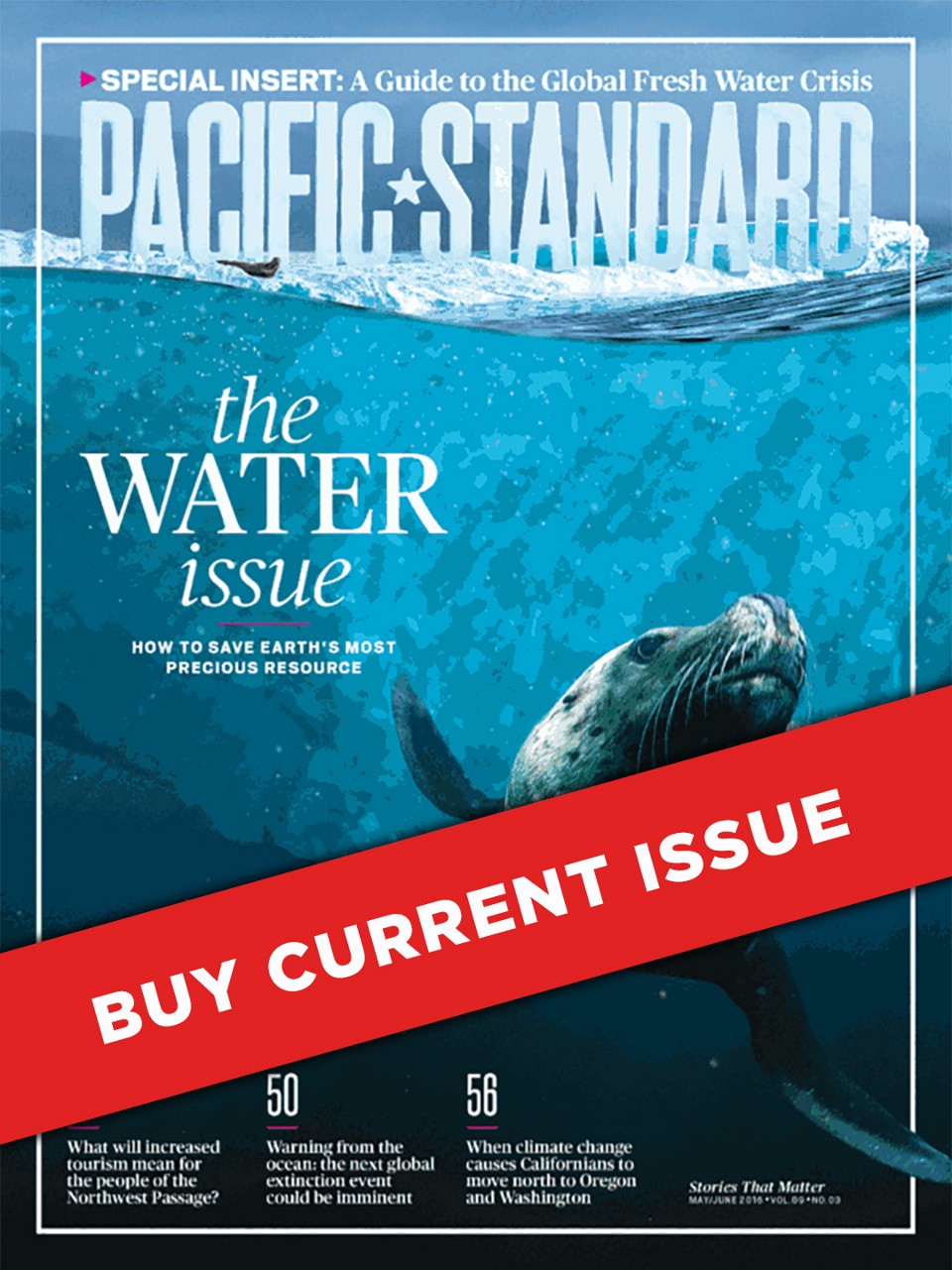Amid population booms and more extreme weather, we see that rising demand—not supply shortages—will be the main driver of water stress.
By Andrew Maddocks, Betsy Otto & Tianyi Luo of the World Resources Institute
A view of the Murray River, as reports suggest that inflow to the Murray-Darling Basin are at an all time low, now 60 percent lower than the previous minimum, on February 21, 2007, in Wentworth, Australia. (Photo: Robert Cianflone/Getty Images)
When it comes to water, there is often too little or too much. Climate change and growing demand will likely magnify those extremes.
While there is no way to predict exactly what the world’s water resources will look like in the future, the World Resources Institute has mapped future water-risk scenarios based on the Intergovernmental Panel on Climate Change’s projections for climate change and socioeconomic development.* This glimpse of the future is designed to help governments, businesses, financial institutions, and other international organizations take steps to mitigate risk.
Water stress — the measure of demand relative to supply in a given place — will likely increase rapidly across the globe in the next few decades, as more people compete for ever more limited surface-water supplies.
When people think about water stress, they often think of major changes in supplies — years-long droughts, or dry monsoon seasons. Such events will play a significant part, and their consequences will be severe. What we’ve found, though, is that rapidly growing demand for water actually drives the greatest increases in water stress.
Demand and Supply
Major climate-driven shortages in water supply, where they do occur, will be concentrated around mid-latitude regions. These lie between the equator and the 30-degree north and south latitude lines, and extend to North Africa, southern Texas, and China in the Northern Hemisphere, and northern Chile, Argentina, and South Africa in the Southern Hemisphere.

Many variables affect precipitation patterns, and decision-makers must plan for a wide range of possible outcomes. Both a 30 percent increase and a 30 percent decrease in surface-water supply within the next three decades, for example, are in the realm of possibility in areas including Southern California, according to climate models. The only sure thing is more extremes, and more unpredictability.
If rainfall does decline over the coming decades in these areas, critical irrigation sources could dry up, leaving subsistence farmers hungry and governments facing millions of citizens dependent on emergency aid to survive. South Africa, Angola, Ethiopia, and Zimbabwe were among the African nations facing emergency situations after an extended El Niño- influenced drought in late 2015 and early 2016. Energy and municipal water supply sectors face critical risks as well. Hydropower plants in places like Brazil could be forced into production cuts because their reservoirs are too low, destabilizing the electrical supply for millions — a risk São Paulo faced during its historic drought in 2014 and 2015.
Stress
The regions at highest risk for future water stress are clustered around these areas: the Mediterranean, the Middle East, western North America, eastern Australia, western Asia, northern China, and Chile. The emerging middle class in developing countries is expected to double by 2025, with an associated lifestyle that demands far more water. Water withdrawals for energy production are expected to increase by about 20 percent between 2010 and 2035, but consumption will rise by a more dramatic 85 percent.

This story first appeared in the May/June 2016 issue of Pacific Standard.
Population growth will be staggering in some regions. A 69 percent increase in food is needed to close an anticipated gap between current calories available and future calories needed. Agriculture already accounts for 70 percent of water withdrawals globally. And in many places where large- scale irrigated agriculture takes place, demand is already outstripping supply.
Looking Ahead
If leaders are to take steps before a crisis hits, they will need better and more sophisticated water data. Improved data would also allow stakeholders to hold governments and businesses accountable for their water management. Continuing technological innovation, such as new membrane technology to reduce the cost of treating saline water, is also essential.
Demand-driven future water stress, in particular, can be managed. Australia, which suffered a severe 15-year “Millennium Drought” starting in the 1990s, for example, rapidly implemented demand-reduction measures that more than halved per-capita residential water use. A new water-trading program increased the efficiency of agricultural production in the Murray-Darling River basin, the country’s agricultural lifeline.
Population growth and climate change are creating a new, more challenging world. Let’s be ready.

||
*UPDATE — June 2, 2016: This post has been updated with the full name of the IPCC (Intergovernmental Panel on Climate Change).





